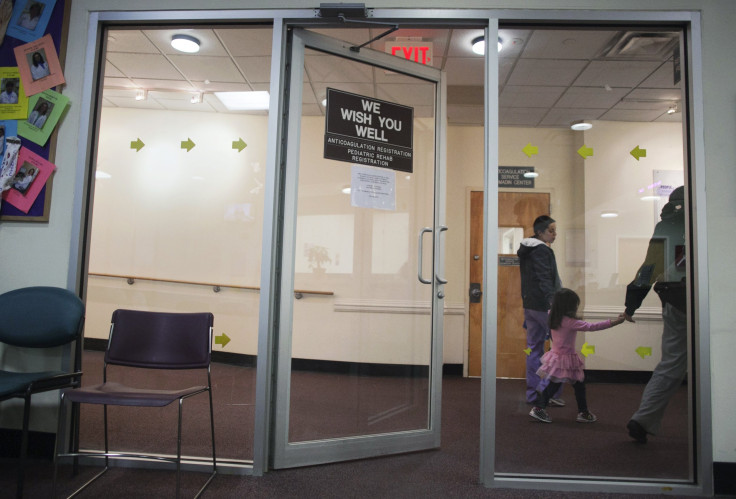Patients Leaving Hospitals Often Don’t Understand Care Plans

(Reuters Health) - Many patients leaving the hospital don’t understand follow-up care plans because the instructions are tailored to people with higher reading levels and more education, a recent U.S. study suggests.
The American Medical Association already recommends that written health information be targeted to a sixth grade audience because nearly half of the U.S. population is only marginally or functionally literate, with an elementary- or middle-school reading level, the researchers note in the American Journal of Surgery.
But the current study of discharge instructions given to about 500 trauma patients leaving the hospital found that only one fourth had the reading skills necessary to adequately understand their dismissal notes.
Part of the problem is that these notes are written for two very different audiences – patients and families who need simple instructions and their doctors, who are accustomed to medical jargon, said senior study author Dr. Martin Zielinski, a trauma surgeon at the Mayo Clinic in Rochester, Minnesota.
“Even if patients believe they understand what occurred during their hospitalization and the instructions they are to follow upon dismissal, they can become confused after they leave the hospital environment as their memory can be clouded by medications they were administered, the stress of hospitalization, and, particularly within our patient population, traumatic brain injuries such as concussions,” Zielinski said by email.
To assess how easily the trauma patients in the study might decipher their discharge notes, Zielinski and colleagues used two standard formulas for determining reading levels based on the total words, syllables and sentences in texts.
Most of the 314 patients in the study who had education data available had a high school degree, while 22 percent had at least some college education. About 4 percent of these patients were functionally illiterate, with reading levels at fifth grade or below, and another 40 percent were marginally literate with a sixth- to eighth-grade reading level.
On average, the notes required at least a high school education to understand, the analysis found. By one measure the instructions were typically written at about a 10th grade reading level, while the other assessment found the notes might be easily understood by 13 to 15 year old students.
The difficulty of deciphering these notes didn’t appear to be different based on whether patients had surgery or how long they stayed in the hospital.
Patient reading level didn’t appear to influence the odds of returning to the hospital within a month of discharge or the likelihood that they would call the hospital with questions, the study found. But often, when these things happened, the patient had a reading level too low to understand the discharge notes.
Limitations of the study include the lack of education data on all patients as well as the exclusion of non-English speakers, the authors note. Researchers also didn’t give patients reading tests, relying instead on the highest level of education attained to estimate literacy skills.
Even so, the results highlight that patient discharge notes are currently written for education levels too advanced for many patients to understand, the authors conclude. To ensure patient comprehension, these notes should be written for a sixth grade audience.
“Careful design of discharge instructions, with input from patients themselves, would help us create more comprehensible tools,” said Dr. Kevin O’Leary, a researcher at the Northwestern University Feinberg School of Medicine in Chicago who wasn’t involved in the study.
It’s possible that electronic health records might be part of the solution, O’Leary added by email. These programs might allow doctors to assess how easily patients can read instructions in real time and prompt physicians to adjust their wording as needed to make it simpler to understand.
“Providing feedback for clinicians as they create the instructions would help them revise the wording to improve readability,” O’Leary said.
In addition, when patients or their families have trouble understanding their care instructions after getting home, they can still call the nurses’ station on the hospital floor where they were treated, or call their doctor’s office to ask questions.
SOURCE: http://bit.ly/1Z8x9ug American Journal of Surgery, online December 27, 2015.



























